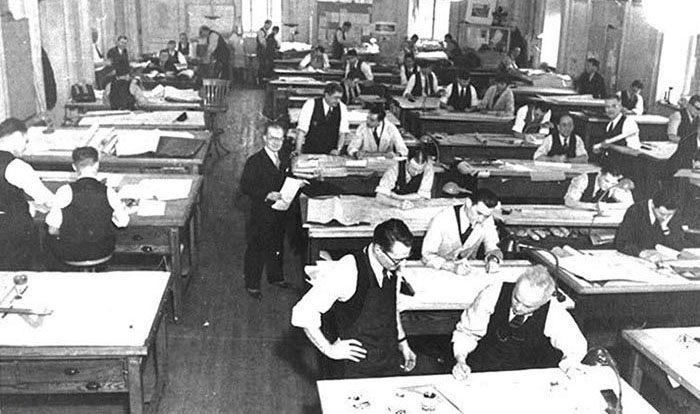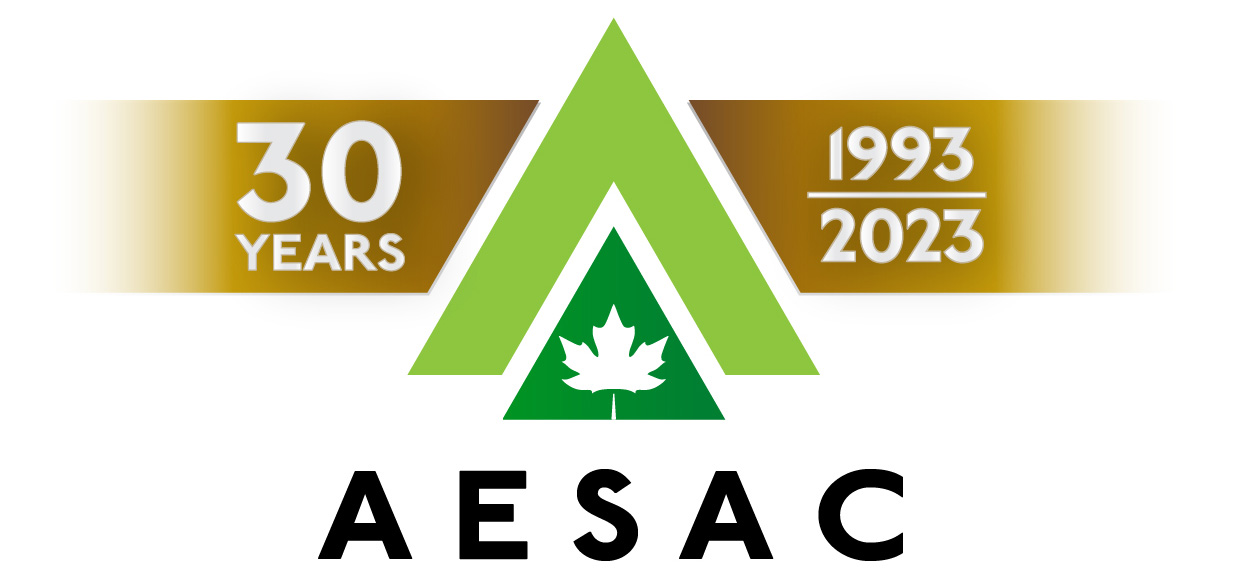- Home
- Training Courses
- Membership
- About Us
- Instructors Blog
- December 2023: All I Want For Christmas
- November 2023: ESA Report Reviews
- October 2023: Can AI Write an ESA Report?
- September 2023: Getting Paid... or Not
- August 2023: Take Me Back...
- July 2023: To Bid or Not To Bid
- June 2023: Selecting a Supplier
- April 2023: Phase 1 Problems, Part 3
- March 2023: Phase 1 Problems, Part 2
- February 2023: Phase 1 Problems, Part 1
- January 2023: Working Outside in Winter
- 2022 Blogs
- 2021 Blogs
- December 2021: Asbestos in your Home
- Sept 2021: Dirty Jars And Other Bad Things… Part 2
- August 2021: Dirty Jars And Other Bad Things… Part 1
- July 2021: How do you want that drawing to look? Part 2
- June 2021: How Did You Want That Drawing To Look? Part 1
- April 2021: So You Need a RSC... Part 2
- March 2021: So You Need a RSC... Part 1
- February 2021: What's In Your Toolbox? Part 2
- January 2021: What's In Your Toolbox? Part 1
- 2020 Blogs
- December 2020: A Day in the Life, Part 2
- November 2020: A Day in the Life, Part 1
- October 2020: Exploring Your Career Path
- September 2020: So You Want To Start Your Own Business - Part 2
- August 2020- So You Want to Start Your Own Business
- June 2020: Effective Communication
- May 2020: Tips For Working From Home
- April 2020: Conducting ESA’s During a Pandemic
- March 2020: It's Not Easy Being Green
- February 2020: Looking Ahead; Bold Predictions for the Next Decade
- January 2020: Looking Back; A Decade in Review
- 2019 Blogs
- 2018 Blogs
- 2017 Blogs
- 2016 Blogs
- 2015 Blogs
- Find an AESAC Member
Menu- Home
- Training Courses
- » Training Courses
- » Webinar Series
- » Calendar of Events
- » Course Registration
- » Course Instructors
- » Testimonials
- Membership
- » Become a Member
- » Certifications
- » Membership Search
- » Update Member Profile
- » Members Only
- » » Member Login
- » » Membership Renewal
- » » Create/Change Password
- » » CESA Certification Application
- About Us
- » About AESAC
- » Course Instructors
- » Contact Us
- Instructors Blog
- » December 2023: All I Want For Christmas
- » November 2023: ESA Report Reviews
- » October 2023: Can AI Write an ESA Report?
- » September 2023: Getting Paid... or Not
- » August 2023: Take Me Back...
- » July 2023: To Bid or Not To Bid
- » June 2023: Selecting a Supplier
- » April 2023: Phase 1 Problems, Part 3
- » March 2023: Phase 1 Problems, Part 2
- » February 2023: Phase 1 Problems, Part 1
- » January 2023: Working Outside in Winter
- » 2022 Blogs
- » » December 2022: Advice To My Younger Self
- » » October 2022: Pre-Purchase Due Diligence
- » » Sept 2022: Words Matter
- » » July 2022: Let Us Come To You
- » » April 2022: Due Diligence
- » » March 2022: Time Management
- » » February 2022: Spinning Augers... Part 2
- » » January 2022: Spinning Augers... Part 1
- » 2021 Blogs
- » » December 2021: Asbestos in your Home
- » » Sept 2021: Dirty Jars And Other Bad Things… Part 2
- » » August 2021: Dirty Jars And Other Bad Things… Part 1
- » » July 2021: How do you want that drawing to look? Part 2
- » » June 2021: How Did You Want That Drawing To Look? Part 1
- » » April 2021: So You Need a RSC... Part 2
- » » March 2021: So You Need a RSC... Part 1
- » » February 2021: What's In Your Toolbox? Part 2
- » » January 2021: What's In Your Toolbox? Part 1
- » 2020 Blogs
- » » December 2020: A Day in the Life, Part 2
- » » November 2020: A Day in the Life, Part 1
- » » October 2020: Exploring Your Career Path
- » » September 2020: So You Want To Start Your Own Business - Part 2
- » » August 2020- So You Want to Start Your Own Business
- » » June 2020: Effective Communication
- » » May 2020: Tips For Working From Home
- » » April 2020: Conducting ESA’s During a Pandemic
- » » March 2020: It's Not Easy Being Green
- » » February 2020: Looking Ahead; Bold Predictions for the Next Decade
- » » January 2020: Looking Back; A Decade in Review
- » 2019 Blogs
- » » November 2019
- » » September 2019
- » » August 2019
- » » July 2019
- » » May 2019
- » » March 2019
- » » February 2019
- » » January 2019
- » 2018 Blogs
- » » November 2018
- » » October 2018
- » » September 2018
- » » August 2018
- » » July 2018
- » » June 2018
- » » May 2018
- » » March 2018
- » » February 2018
- » » January 2018
- » 2017 Blogs
- » » April 2017
- » » June 2017
- » » August 2017
- » » September 2017
- » » December 2017
- » 2016 Blogs
- » » October 2016
- » » September 2016
- » » August 2016
- » » July 2016
- » » June 2016
- » » March 2016
- » » January 2016
- » » December 2016
- » » November 2016
- » 2015 Blogs
- » » April 2015
- » » July 2015
- » » September 2015
- » » October 2015
- » » December 2015
- Find an AESAC Member
In our industry, figures and drawing are a huge and important part of our Phase One and Two ESA reports. The saying ‘a picture is worth a thousand words’ is especially true when you get involved in complex sites requiring contaminant delineation drawings, conceptual site models, cross sections and detailed borehole & monitoring well logs. Not to sound ancient, but when I started in this field, I had to learn pen and ink drafting and Leroy lettering. Some of you more ‘seasoned’ folks may remember this; it wasn’t easy, and you tried to avoid mistakes at all costs or risk starting over on your drawing or log. Back in the 1980’s computer drafting was in its infancy, and today it has become such a part of what we do that we (geoscientists, engineers, assessors) often take drafting, and our drafts-persons for granted. I talked to a couple of my go-to drafting service providers (THINK Envirotechnical Services in Calgary AB, and Automated Engineering Technologies, in Guelph ON, (thanks Liesl and Chris, respectively) for some helpful hints for consultants to remember when it comes to drafting.
What’s the purpose?
Understanding how the figures will ultimately be displayed in the report is useful information, as it can reduce or eliminate the need for the consultant to make last minute sizing or formatting changes which may affect the legibility of the figures. A good start is to define the anticipated use of the figures at the start of the project. For example if reports are to be produced annually for a site that may change how the drafter organizes the project and the initial drawings vs. a one time report.Location, Location, Location
One of the primary functions of any site plan is to show the location and details of a particular site. It’s vital that these locations be accurate and reproducible. Always use a North arrow on your sketch, even if your typical format is to have top of the page as North. If you use a recreational-grade GPS device to pick up sample locations vs. a sub-metre device like a Trimble, throw it away or keep it for recreational use. It is not adequate for this work and can be off by as much as 10 metres. If you don't have a suitably accurate GPS device, use grid paper and draw to an accurate and reproducible scale. Use UTM coordinates, not latitude and longitude. Drafting will be faster if the drafters don't have to convert coordinates.Base Drawings
The final drawing product can only be as good as the base information and the data presented. We can all get messy in the field, especially when rushed and/or working in adverse conditions and inclement weather. Keep your drafts-person in mind and try to write neatly and legibly, preferably in pencil or using waterproof pen and paper – a soggy sketch or field log with running blotted ink is nearly impossible to decipher. If your sketch is messy (or covered in mud), take a few minutes to redraw it before you submit it for drafting. If there are existing drawings or a legal survey to use as a base plan for the site, use copies of those for the field markup instead of sketching from scratch. The better your field sketch or log, the better and more cost effective your drawings will be.Bill Leedham, P. Geo., CESA
Bill is the Head Instructor and Course Developer for the Associated Environmental Site Assessors of Canada (www.aesac.ca); and the founder and President of Down 2 Earth Environmental Services Inc. You can contact Bill at info@down2earthenvironmental.ca
Training Courses
Membership
About Us
Contact UsCopyright (c) 2024 Associated Environmental Site Assessors of Canada; AESAC Inc.



